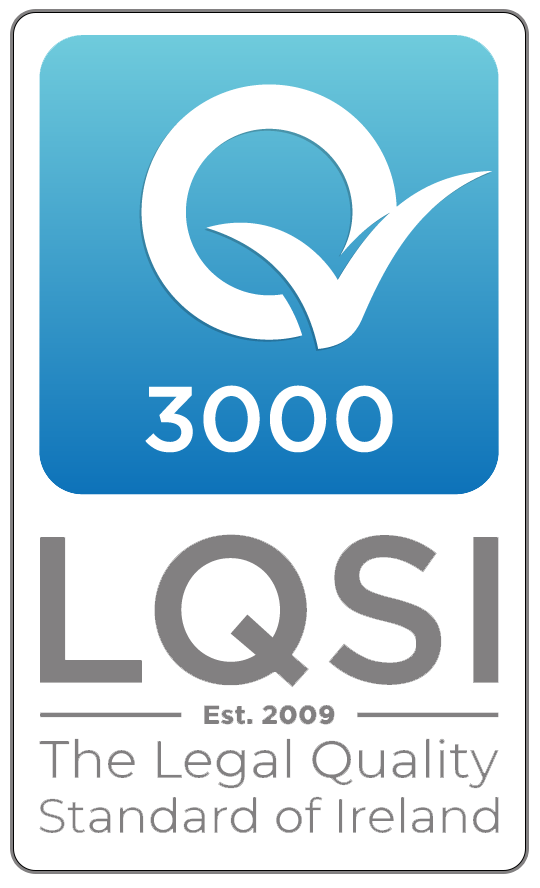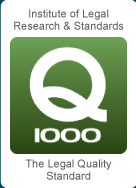The MHRA in the UK has just issued a blood clot risk warning for Protelos (strontium ranelate). The MHRA also noted that rare, serious, skin reactions may occur within the first weeks of treatment with Protelos.
Protelos is approved in several European countries and Australia for the treatment and prevention of osteoporosis and fractures related to osteoporosis. Protelos is not approved in the USA but strontium ranelate can be found in nutritional supplements.
The MHRA warned that Protelos should not be used in patients with previous venous thromboembolism (VTE), including deep vein thrombosis and pulmonary embolism, or with temporary or permanent immobilisation due to VTE risk, such as what occurs in post-surgical recovery or prolonged bed rest.
Protolos has been associated with serious skin and hypersensitivity reactions, such as drug rash with eosinophilia and systemic symptoms (DRESS) Stevens-Johnsons Syndrome and Toxic Epidermal Necrolysis (TEN). Health care professionals are advised to be alert to signs and symptoms of serious skin reactions with Protelos and note that the likeliest time for onset of Stevens-Johnsons and TEN will be within the first weeks of treatment. For DRESS, the likeliest time for onset is typically within 3-6 weeks. Early diagnosis and discontinuation of treatment produce the best results and patients should be advised accordingly.
Stevens-Johnsons syndrome is a severe sensitivity reaction that can be caused by a number of drugs and leaves the patient with blistering of mucous membranes, especially of the mouth, eyes and genitals as well as patchy rashes that cause skin peeling. The condition can spread to internal organs and can cause scarring and blindness. When over 30% of the body is impacted, the condition becomes Toxic Epidermal Necrolysis (TEN). Both Stevens-Johnsons Syndrome and TEN typically call for hospital burn unit treatment.






